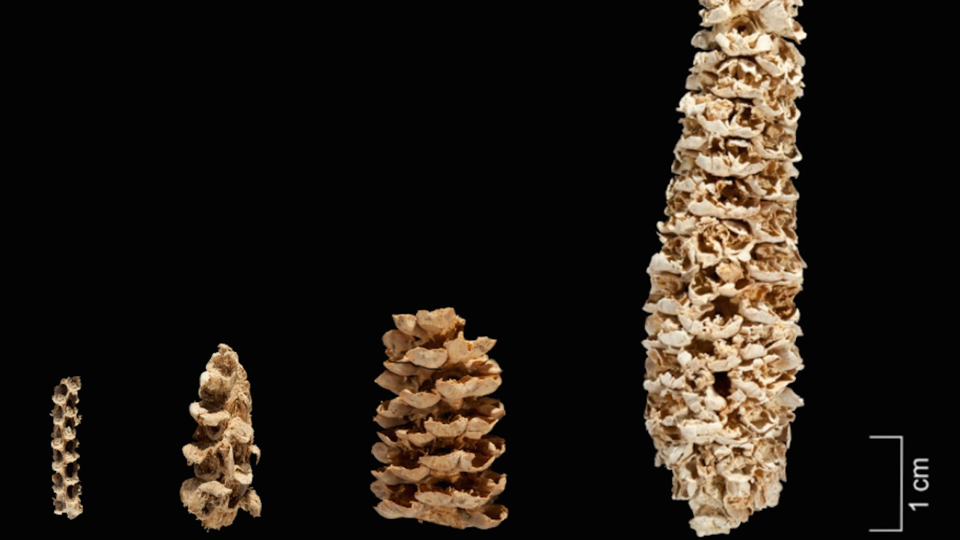Science News
Corn: From Mexican Grass to Massive Crop

Humans have made their presence on Earth widely felt. Corn offers perhaps the best case in point, showing the extent to which we’ve changed the natural world.
Corn covers our landscape more than any other plant crop. In 2013, the UN’s Food and Agriculture Organization reported that the U.S. alone produced over 350 million tons of it. And according to the USDA, in 2010 the crops covered 35 million hectares (87.9 million acres) of our country. In the U.S., these crops are primarily used for fuel and animal feed, with just a small percentage used to feed people.
10,000 years ago, early Mexican farmers began manipulating and domesticating maize varieties, selecting the plants that would yield the best food crop. “Maize cobs became larger over time, with more rows of kernels, eventually taking on the form of modern maize,” according to the University of Utah’s Learn Genetics site.
But how did corn spread into the U.S.? And what mixture of subspecies form the lineage of the corn we grow today? These questions remained a mystery until recently. A group of international scientists—including a few from Stanford, UC Berkeley, and UC Davis—used next-generation DNA sequencing techniques on ancient corn varieties to answer these questions. Their study was published earlier this month in Nature Plants.
The team sequenced specific genes from samples of maize collected from 28 archaeological sites in the U.S. and Mexico, dating from almost 6,000 years ago to around 700 years ago. They compared these with genes from modern maize, and genes from museum specimens of ancient maize from Chile.
According to the study, “Following its initial domestication from the wild grass teosinte in southern Mexico, maize diffused throughout the Americas, spreading through much of the continental United States after its introduction to the Southwest around 4,100 years before present.” Through sequencing, the scientists discovered that maize migrated (via humans) northward twice—first through the highlands of the Sierra Madres about 4,000 years ago, followed by a second flow from a Pacific coastal route 2,000 years later.
Along both northern routes, humans modified the original plants by combining varieties. Maize became more adapted to the arid conditions of the region and developed a sweeter taste, forever changing the American landscape.
As a supporting article called “Corn in the U.S.A.” says, human manipulation of this one crop helped “make modern life possible.”
Image: Morphological variation in maize cobs from Tehuacan, Mexico from the Collections of the R.S. Peabody Museum